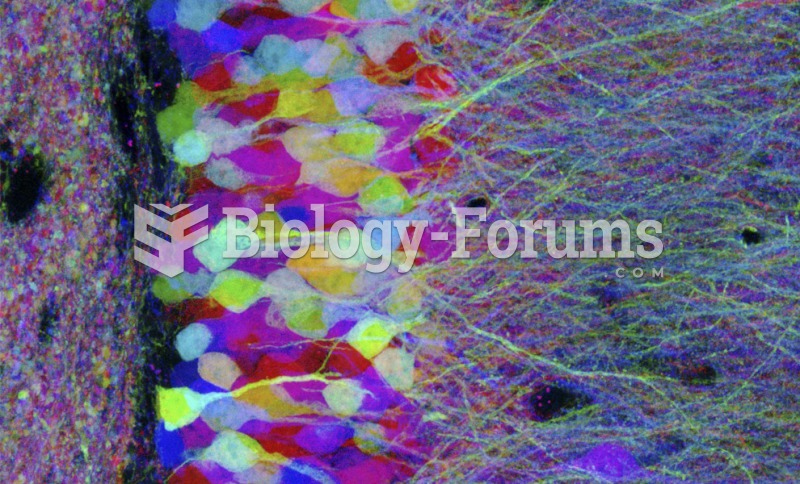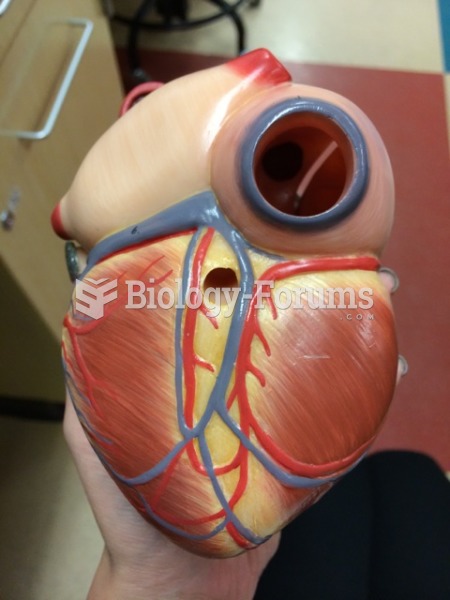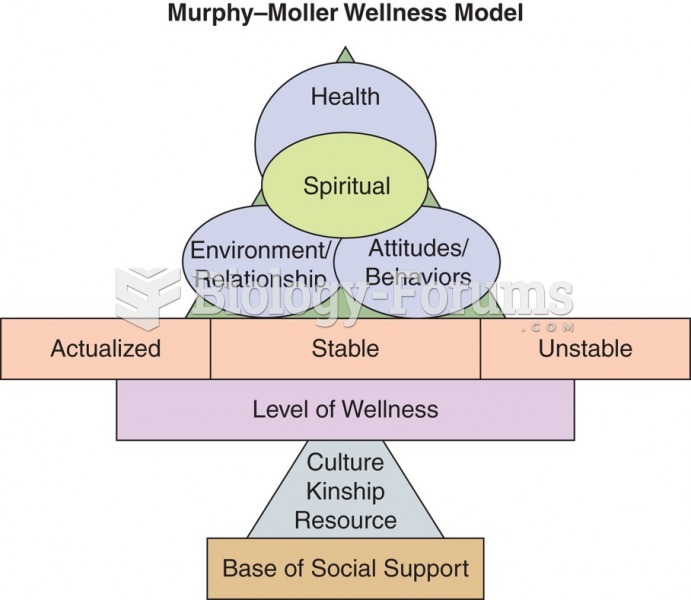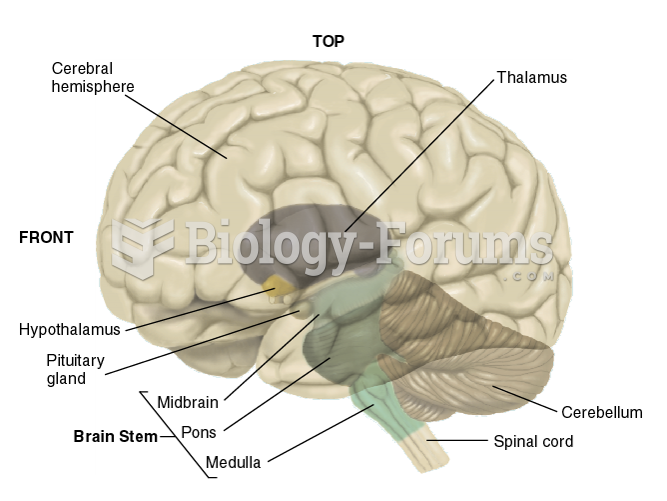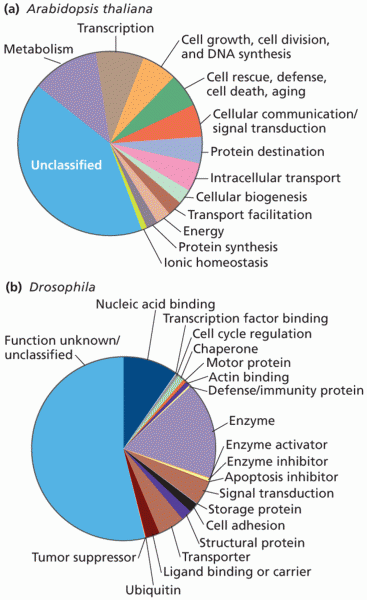Answer to Question 1
According to the biological model, abnormal behavior is the result of biological or physical factors. More specifically, this model suggests that abnormal behavior may be due to problems with brain structure or functioning, neurotransmitter or hormonal imbalances, or inherited factors.
The brain can be divided into three main sections: the forebrain, the midbrain, and the hindbrain. The forebrain is comprised of the thalamus, the hypothalamus, reticular activating, system, limbic system, and cerebrum. The thalamus is necessary for the relaying of information between other regions of the central nervous system and the cerebral cortex. The hypothalamus regulates hunger, thirst, and body temperature. The limbic system is involved in experiencing and expressing emotions and motivations. The cerebrum includes the cerebral cortex and covers the midbrain and thalamus. The midbrain coordinates information between the forebrain and the hindbrain, and it is involved in vision and hearing. Along with the hindbrain, the midbrain controls sleep, alertness, and pain. The hindbrain manufactures serotonin and controls functions such as sleep, heart rate, and respiration. A network of nerve fibers in the hindbrain that threads into the midbrain called the reticular formation controls bodily states such as sleep, alertness, and attention. Any type of abnormalities in these structures, due to injury, birth complications, excessive intake of alcohol or drugs, or prenatal exposure to toxins, can result in direct physical and/or psychological problems.
Messages are communicated from one area of the brain to another via neurotransmitters. More specifically, a message in the form of an electrical impulse moves through a neuron until, when it reaches the end of the axon, it triggers the neuron to release chemicals called neurotransmitters into the synaptic cleft. These neurotransmitters are taken up by the next neuron, transformed into a new electrical impulse, and carried through that cell body. This process of neurotransmission can go awry in several ways. There may be too much or too little of the neurotransmitter substance, there may be too many or too few receptors for the amount of neurotransmitter released, there may be other neurons present that might inhibit the neural connections, and there may be problems with the interrelationships among different neurotransmitter substances. All these problems may lead to psychopathology.
Answer to Question 2
Psychoanalytic thinkers see early childhood experiences as critical for all mental disorders. Traumatic experiences during the first three psychosexual stages can fixate the individual at that stage, arresting emotional development and leading to characteristic symptoms. These experiences are often out of the person's awareness, and unconscious impulses can threaten to overwhelm ego controls. Defenses against these sources of anxiety both protect the person and, if used excessively, generate psychological and physical symptoms. Humanistic thinkers also see childhood as influential. Specifically, Rogers claimed that the natural tendency to live up to one's potential (the actualizing tendency) can be thwarted when parents and others place conditions on their expression of love for the child. Incongruence between the individual's way of seeing himself or herself and actual experience is the core reason for mental disorders. Psychoanalysts place much greater emphasis on the unconscious than do other theorists. They see conscious experience as often being a distortion of underlying, truer feelings and impulses. Humanistic theorists believe that people are more capable of making conscious choices that are in their own best interests. They also place great importance on knowing the subjective reality of the client.
Because early and unconscious experiences drive behavior, psychoanalysts are inclined to see current behavior as determined by history and forces out of the individual's control. Humanists disagree and claim that we have the freedom to make choices and that we also must take responsibility for those choices.
These differences lead naturally to differences in treatment strategies. Psychoanalytic therapy seeks to make the unconscious conscious by using dream analysis, free association, and other techniques including projective tests. Humanistic therapists provide clients with unconditional positive regarda supportive environment in which they can fully experience feelings and thoughts. Rogers's person-centered therapy is nondirective and uses reflection of feeling to help clients solve their own dilemmas.


